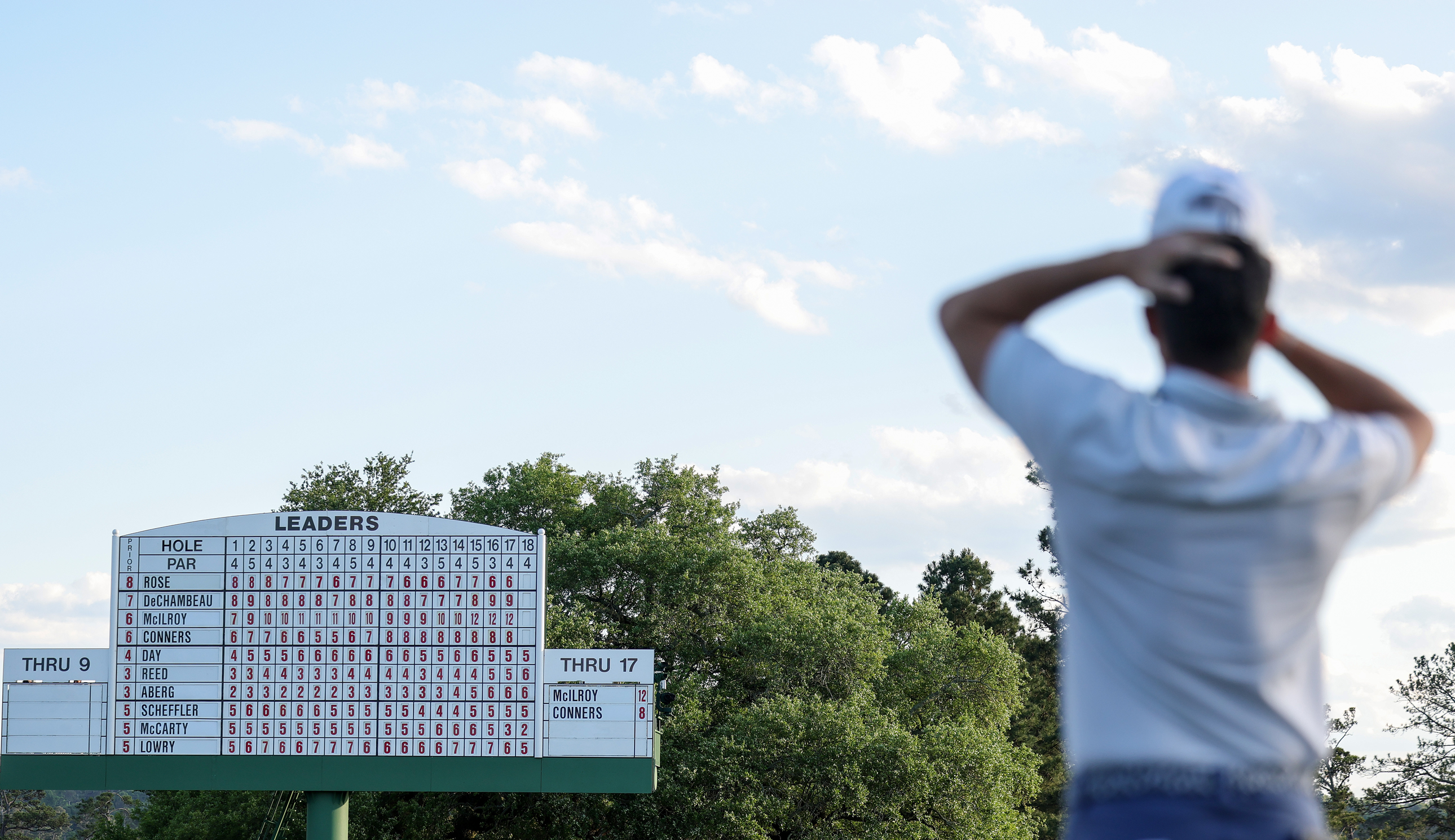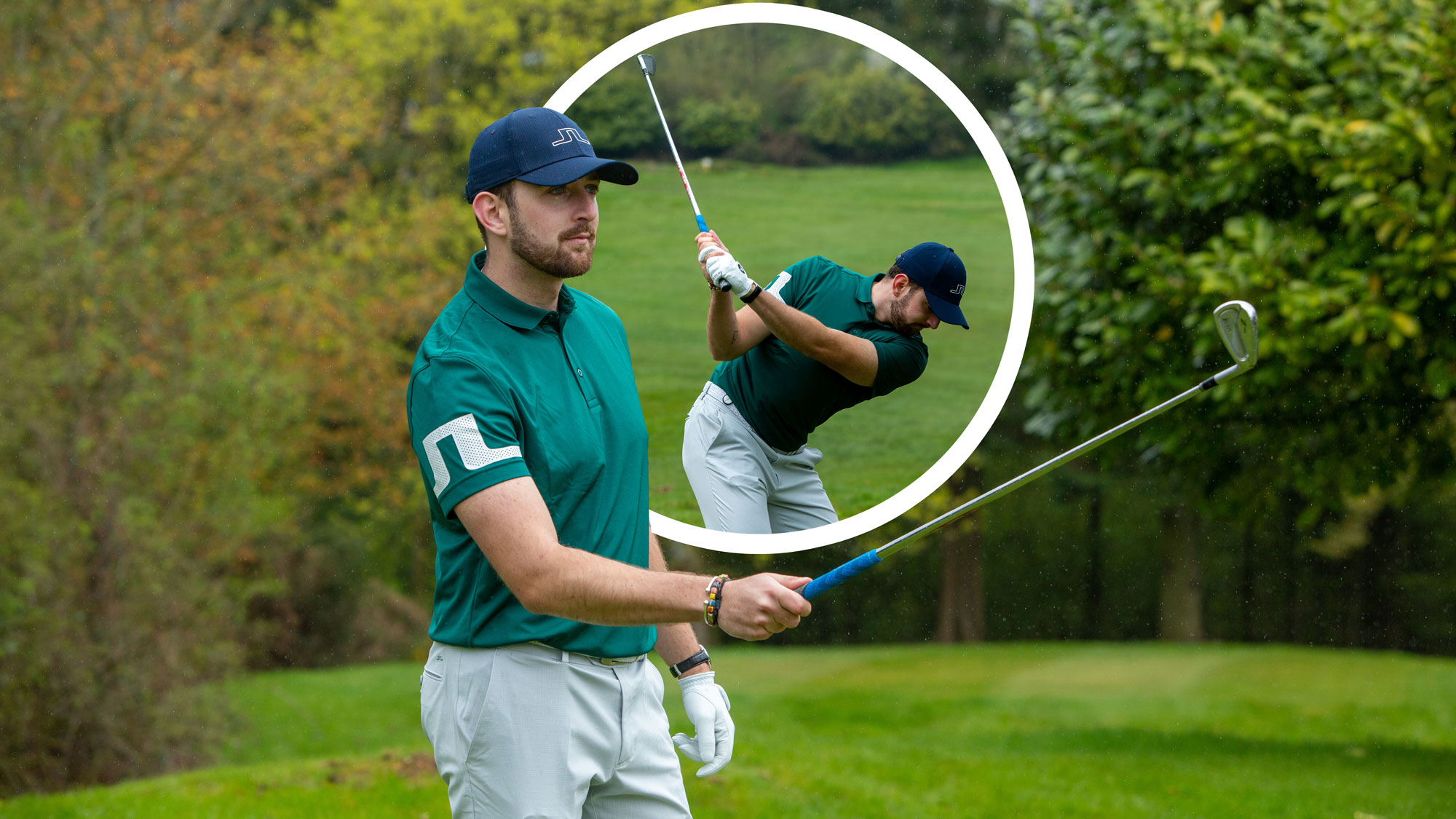Amateur Golfers Make Less Than 40 Percent Of Putts From This Crucial Length'... Arccos Data Reveals Stark Putting Truths
When standing over a 'makeable' putt, many golfers would fancy their chances as they pull the putter head back... But this data might make them think twice!


As amateur golfers, we often have misguided notions in our heads about how far we hit iron shots or how many 3-putts we are expected to make per round – but the reality is we need to cut ourselves some slack.
Being realistic on the golf course is one of the fundamental golf tips that many professionals will share with you, especially when it comes to our performance on the greens.
In this article, thanks to the latest Arccos data, we reveal how often amateur players hole their putts from key distance ranges and even break it down by handicap to help you manage your expectations...
How Many Putts Do Amateur Golfers Make From Key Distances On The Greens?
When faced with a putt from inside two feet, a scratch golfer is expected to hole out 97 percent of the time. This number reduces in line with the increase of a player's handicap index, with a 5-handicapper (93%), 10-handicapper (91%), 15-handicapper (86%) and a 20-handicapper (85%) all expected to make at least four out of five in that range.
That figure might shock a few, especially those towards the top end of the handicap spectrum, as plenty of amateur golfers will feel they are dropping shots on the field if they slide on past.
Interested in discovering insights on your own game from Golf Monthly's data partner? Check out the Arccos website and use code: 'GolfMonthly' to save 15%
The picture from between three feet and five feet paints a similar picture in terms of correlation, but there is a much more alarming decline in make percentage for all golfers. As indicated in the graph below, a scratch golfer makes around 69 percent of putts from this range, while a 15-handicapper can expect less than half (47%) to find the bottom of the cup.
With that data in mind, perhaps it's time to shift the narrative when standing over a 'makeable' putt to reflect the increased odds of having to settle for a two-putt.
Get the Golf Monthly Newsletter
Subscribe to the Golf Monthly newsletter to stay up to date with all the latest tour news, equipment news, reviews, head-to-heads and buyer’s guides from our team of experienced experts.

As I headed further into the data, looking at the putts from six to nine feet, I was shocked by the make percentage of what I would consider to be a decent chance on the greens, when In fact golfers at every ability level from scratch to 20-handicap make less than 40 percent of putts at this crucial length.
As someone who plays off a handicap at the top end of this data set, I initially struggled to accept that players of my ability make around a quarter (26%) of putts from six to nine feet – but upon further reflection I would say that is probably accurate.
Sometimes, amateur golfers can be guilty of inflating their perception of what success looks like on the golf course, and our previous performances, but ultimately the data doesn't lie.

As you can see in the graph above, things start to look rather bleak when you focus on any putt length between 10 feet and 40 feet. The difference in make percentage between a scratch golfer and golfers at any other handicap level, from 25 to 39 feet, is around 1 percent, and there is no difference at all for putts from over 40 feet.
That suggests that a 20-handicapper is just as likely to hole out from 40-feet as someone playing off a mark 20 shots better, exemplifying the lottery of long putts and the premium placed on distance control and three-putt avoidance.

The beauty of this data is that it shows you where to focus your attention, should you want to close the gap on golfers with a lower handicap index than your own. If there is little difference between the success rates of putts from outside 10 feet, perhaps attention on the best putting tips and expert putting drills from close range would be the sensible next step.
How Many Putts Should I Make Per Round In Total?
The USGA states that the 'average golfer' makes around 40 putts per round, which is just over two per hole. This emphasises the importance on maintaining a solid two-putt run wherever possible, as costly three-putts then increase the necessity for a few more to be made on the first attempt later down the line. Balancing the books with putting is all about marrying the line, speed and read... so be sure to put in the work away from the course if you want to see your scores drop!

Barry joined Golf Monthly in January 2024, and now leads the instruction section across all platforms including print and digital. Working closely with Golf Monthly's Top 50 Coaches, he aims to curate and share useful tips on every aspect of the game - helping amateurs of all abilities to play better golf. A member at Sand Moor Golf Club in Leeds, he looks forward to getting out on the course at least once a week in the pursuit of a respectable handicap.
Barry is currently playing:
Driver: Benross Delta XT Driver
Hybrid: TaylorMade Stealth 4 Hybrid
Irons: Benross Delta XT 5-PW
Wedges: TaylorMade RAC 60, Callaway Jaws MD5 54
Putter: TaylorMade Spider Tour
-
 Why The 16th Pin Has Been Moved From Its Traditional Spot For The Masters Final Round
Why The 16th Pin Has Been Moved From Its Traditional Spot For The Masters Final RoundThe 16th pin at Augusta National is in an different position that normal for the final round of The Masters, but why is that?
By Mike Hall Published
-
 Seve Ballesteros And Brooks Koepka Among The Big Names That Rory McIlroy Would Join As A Five-Time Major Winner With A Masters Victory
Seve Ballesteros And Brooks Koepka Among The Big Names That Rory McIlroy Would Join As A Five-Time Major Winner With A Masters VictoryRory McIlroy leads The Masters going in to the final round and, if he were to win, he would join an illustrious list of five-time Major winners
By Matt Cradock Published
-
 Does A 15-Handicap 30-Year-Old Hit The Golf Ball Further Than A Scratch 50-Year-Old?
Does A 15-Handicap 30-Year-Old Hit The Golf Ball Further Than A Scratch 50-Year-Old?The influence that driving distance has on a player's handicap index is well documented, but how much does age impact the long game battle between two golfers?
By Barry Plummer Published
-
 Data Reveals This Once Popular Club Is Dying Out... But What Are Amateurs Opting For Instead?
Data Reveals This Once Popular Club Is Dying Out... But What Are Amateurs Opting For Instead?There have been plenty of moments in golf's history where the game has subtly shifted in a different direction, and we could be witnessing one right now...
By Barry Plummer Published
-
 Less than 10% Of All Tee Shots Are Hit With This Club... Is It Time For A Change Of Strategy?
Less than 10% Of All Tee Shots Are Hit With This Club... Is It Time For A Change Of Strategy?Plenty of amateur golfers step onto the tee box and instinctively pull the driver headcover, but it could be time for a data-informed change of strategy...
By Barry Plummer Published
-
 Fresh Data Shows The Age Amateur Golfers Hit Their Longest Drives... Is This True For You?
Fresh Data Shows The Age Amateur Golfers Hit Their Longest Drives... Is This True For You?Driving distance isn't everything, but data suggests longer tee shots can lead to a lower handicap. So, at what age do amateur golfers hit their longest drives?
By Barry Plummer Published
-
 Heading To The 1st Tee? Stop Right There! This Data Proves Why The Range Might Be A Better Choice...
Heading To The 1st Tee? Stop Right There! This Data Proves Why The Range Might Be A Better Choice...Getting better at golf requires more than just playing regularly on the course, with the data suggesting that practise time could be the key to success...
By Carly Frost Published
-
 Is It Better To Miss The Green In The Bunker Or Rough? The Data Is Clear Cut...
Is It Better To Miss The Green In The Bunker Or Rough? The Data Is Clear Cut...When assessing options for your next approach shot, this data will help you make better decisions on the 'good' miss and reduce the risk of bringing bogey into play
By Barry Plummer Published
-
 Why You DON'T Need To Make More Birdies To Chop 5 Shots Off Your Handicap
Why You DON'T Need To Make More Birdies To Chop 5 Shots Off Your HandicapFor a mid-handicap golfer, the route towards shooting lower scores and improving your handicap index is clear... if you have access to the right data!
By Barry Plummer Published
-
 Is It Better To Hit 75% Of Fairways Or Three-Putt Only Once Per Round? New Data Reveals All...
Is It Better To Hit 75% Of Fairways Or Three-Putt Only Once Per Round? New Data Reveals All...Using the latest data from Arccos, we explore which of these key areas could have the biggest impact on your scoring...
By Barry Plummer Published
